
As dog parents, we may struggle with our furry friend not responding to us or not paying attention to our commands, and we just don’t know what to do about it (without investing in a dog trainer).
Do you find yourself wondering if or what you can do about your dog’s behaviour?
There are 10 things that you can try to improve your dog’s attitude and correct unnecessary behaviours.
These can be easily applied to your daily routine and by doing just one of these, you can at the same time improve the bond between you and your pooch.
Dog Behaviour Problems
“My dog is just so stubborn and doesn’t listen to me!”
Have you ever felt this way?
The usual reaction when this happens is to:
- Repeat what you’re trying to get your dog to do.
- Try again.
- Keep on trying (louder each time).
- Repeat until finally, you get a response.
At this point, you are probably exasperated, or annoyed even, with your dog’s never-changing behaviour. If this sounds very familiar, you’re not alone!
Here’s the thing…
Your dog may not be feeling mentally stimulated, i.e. he’s bored 🙁
But fear not!
How to Improve Dog Behavior Problems
Here are 10 things you can do to improve the situation (and get more hugs and those loving, doe-eyed looks you can’t get enough of).
Continue reading to find out more about dog behaviour problems! And remember:
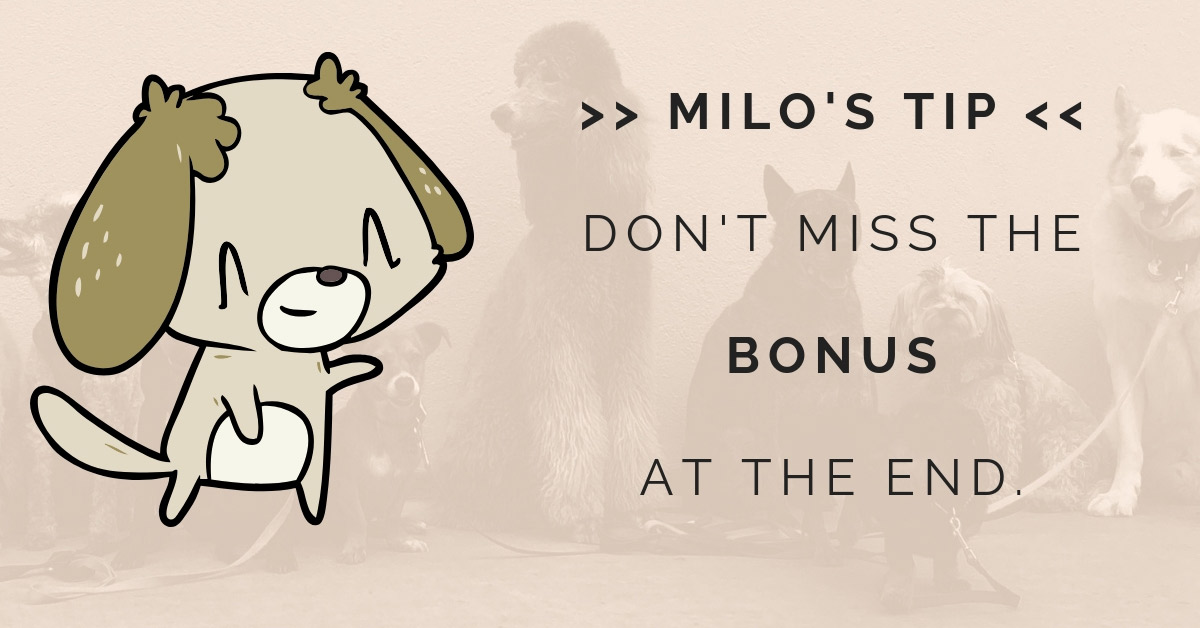
#1 – Improve Dog Treats Quality to Correct Dog Behaviour Problems
Your pooch is adorable, loving, strong (sometimes) and hard working. And will do anything to please you, jumping on any and everything you throw his way.
Right…?
Yes, but that’s not 100% true all the time.
In fact, your dog is most likely thinking “what’s in it for me?” according to the Association of Pet Dog Trainers (APDT).
When you use the right treats, it can really make the difference between your dog wagging him tail with anticipation, ready to work to earn and get a treat… and him giving you the cold shoulder (you know, that “I’m not interested” look).
Using low-value treats, such as kibble, can lower your dog’s enthusiasm if your dog isn’t usually excited by them, and especially when there are distractions around that are more mentally stimulating, or you’ve just started training your dog and their attention level is not so easily focused on you or what you have.
So make sure your treats keep your dog wanting more from you.
And you should definitely stick to healthy treats which are soft, smelly, and come in small, bite-sized pieces. I write all about this in our high-value dog treats blog post.
This allows your dog to quickly gobble up the reward and focus his attention back on you, instead of spending time on a treat that takes a long time to chew or eat.
Insider Tip: Try to use what respected veterinarian, trainer and writer Dr Ian Dunbar calls the Ferrari of dog treats: Freeze-dried liver.
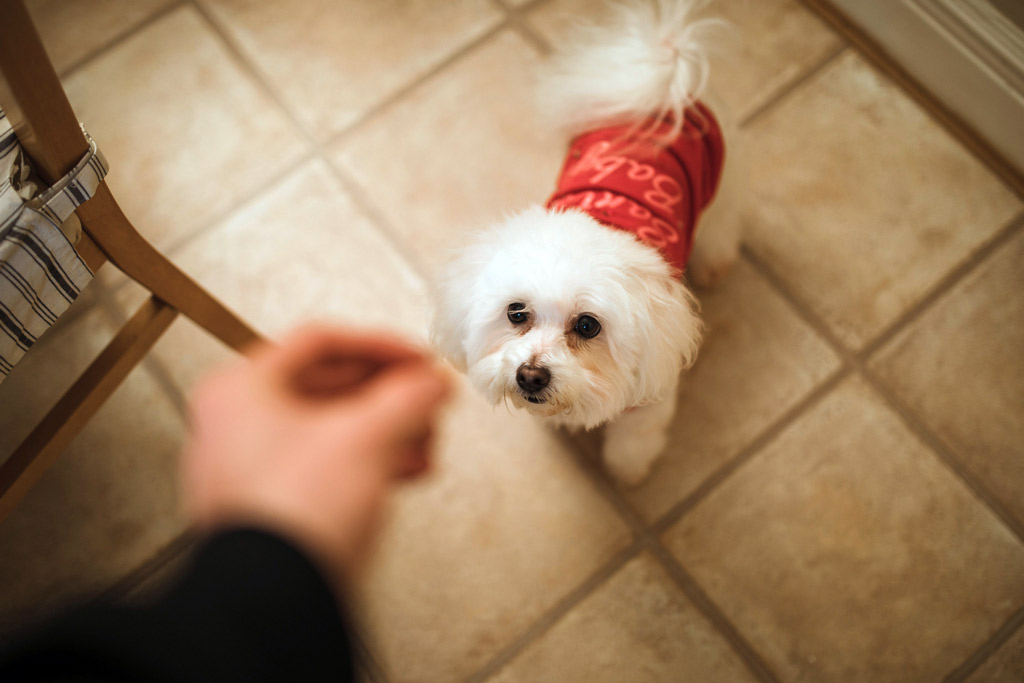
#2 – Give More Encouragement and Rewards To Build Confidence
When your dog has just started learning or when there are lots of distractions around, your dog may find some things more mentally stimulating and rewarding than training. Such as:
- Sniffing the grass.
- Looking around.
- Marking territory.
- Pulling on the leash.
Why?
It’s probably because these things provide your dog with more mental stimulation i.e. these things appear extra interesting to your dog and are worth paying more attention to.
Also, if your dog has received little to no training in the past, he may have been doing these things for a good part of his life.
By increasing how often you encourage your dog’s efforts and giving more treats for his learning uptake from your training efforts, you may help to motivate him!
This will also get your dog mentally stimulated and teach him to pay more attention to you than to the distracting environmental stimuli. This is the ideal type of approach and attitude for addressing your dog’s behaviour problems.
In contrast, a low rate of reinforcement can cause your dog to get frustrated and give up trying.
So during the initial stages of learning, you need a continuous rate of reinforcement (giving rewards for every success).
Only once your dog shows consistent signs of responding well can you move to a variable reward schedule. Then, and only then, should you consider only giving treats for success every once in a while.
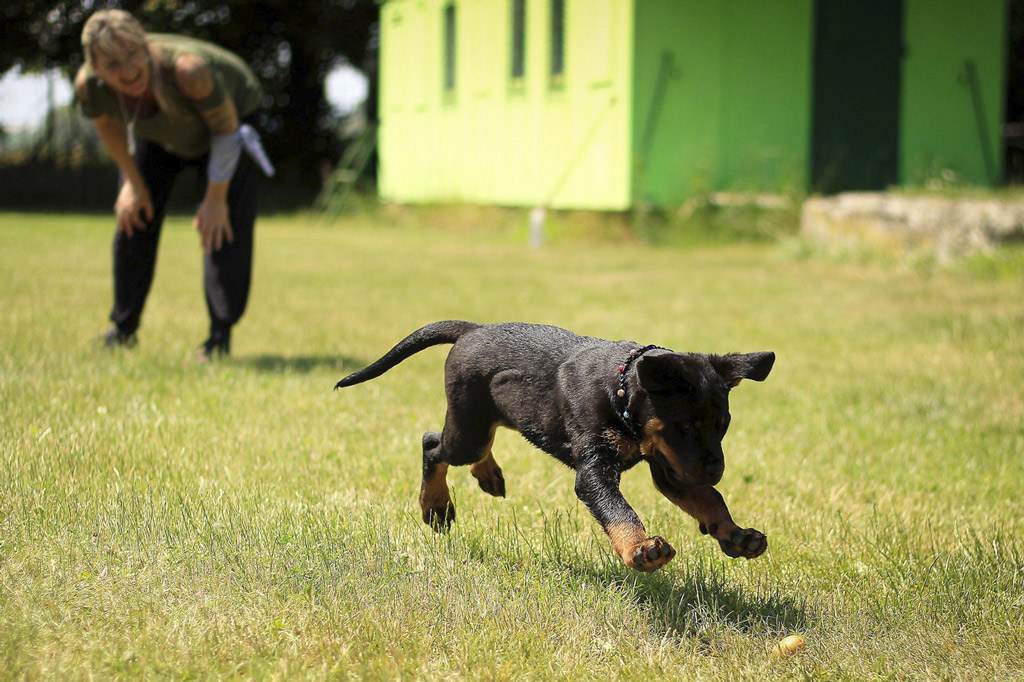
#3 – Start Off Easy With Any New Training
There’s a popular phrase that says:
“Break things down into smaller, manageable pieces.”
And when it comes to training your dog, this is very important. You might be excited and tempted to try to teach your dog new “tricks” all at once in a single evening.
However, it’s more important to pay attention to how your dog responds to you during any new training phase. When your dog stops responding to you, it’s a good idea to take a step back to ask yourself: Am I asking for too much at once?
Usually, when dogs fail to respond to a cue or command it’s because it is too hard for them. So try not to ramp up the difficulty too quickly. Instead help your dog succeed by breaking the objective down into several attainable steps.
For example, if you were trying to train your dog to touch the tip of a target stick with his nose, you can break down into 2 simple stages like so:
- Stage 1: When he touches ANY part of the stick, reward him for it.
- Stage 2: Overtime once he gets a hang of this, move on to rewarding him only for touching the rounded tip at the top of the stick.
It’s also a good idea to try keeping your training sessions short and sweet, especially when just starting off. This can help with your dog’s progression, keeping him from stalling.
Training your dog and helping them learn & grow is arguably the most important (and rewarding) part of being a dog parent.
I’ve spent some time carefully looking into how you can develop the knowledge, skills and confidence to train your dog, without having to hire a trainer, and it’s no surprise that the key to this is keeping your dog physically and mentally stimulated.
Find out more about this in my favourite dog training method post.
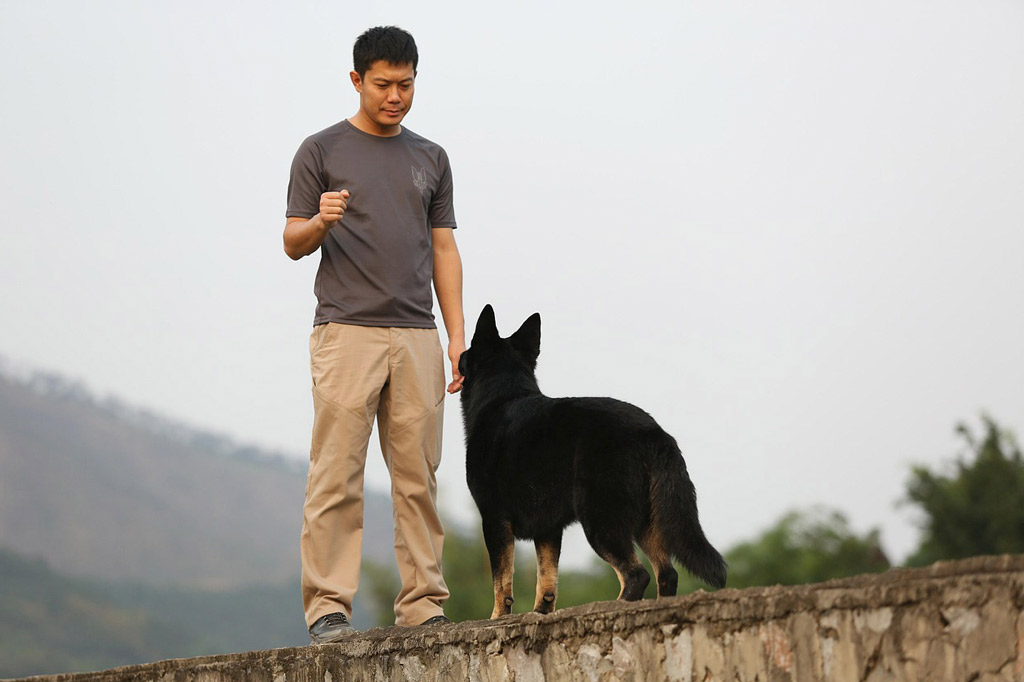
#4 – Remove Distractions When Training
Dogs learn best when there are little to no distractions around.
So it’s a good idea to start your training sessions in a quiet room where there is not much going on, rather than (say) outdoors.
Once your dog can perform the behaviour in a quiet room, build up from there. Gradually start asking your dog to perform the behaviour in a noisier room. Then progress to the yard, a busy street, the dog park and so on.
If you start on a busy street or at the dog park right away, your dog may not respond because you have not yet built a foundation for the behaviour.
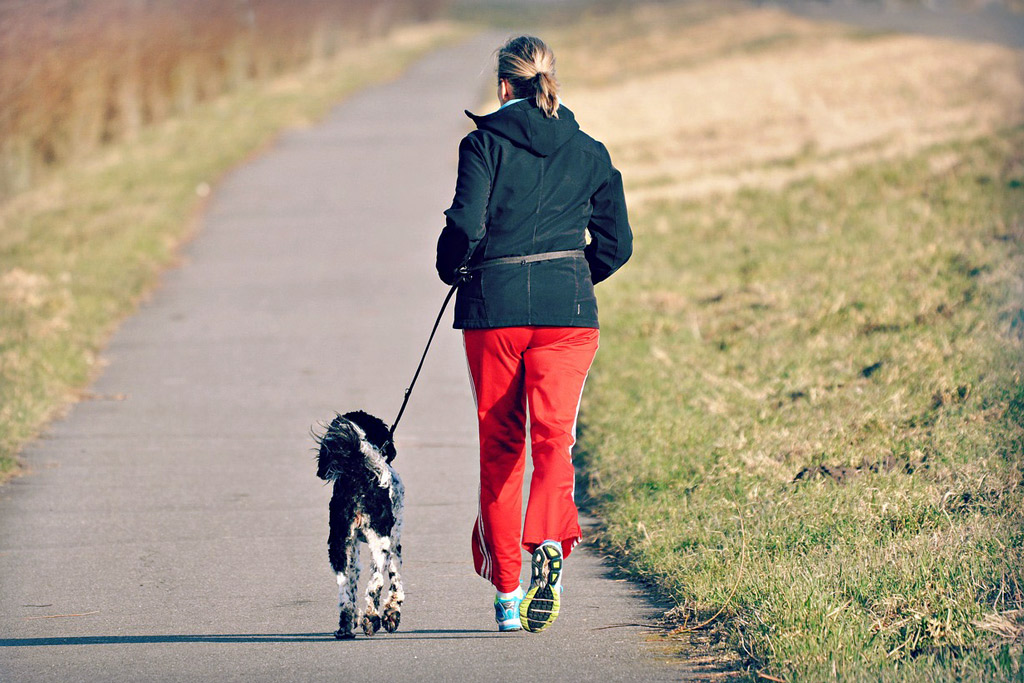
#5 – Build Your Leadership Skills
In an environment where your dog has been raised with a history of inconsistent interactions, or dipping in and out of training by not following through to the end, there’s a chance your dog may have learned he can get away with certain behaviours and has learned to ignore your commands.
Just like children, if dogs are not shown right from left, or what’s Ok and what isn’t, they will develop their own conclusions, especially growing up to think they can do just about anything without your direction.
(Yes, looking into those eyes are irresistible and hypnotic, BUT it pays to set boundaries).
This is how most dog parents get stuck with dog behaviour problems. When dogs have been allowed to do as they please for a good part of their lives, the initial stages of learning can be difficult, as the concept is entirely new to them.
It is up to you to become interesting and worth listening to! Investing in reward-based training methods that provides your dog with mental stimulation is always a good idea! You can make a quick start on the correct foundations with our Dog Training 101 blog post.

#6 – Stick To Using The Same Cues
If there’s one thing for you to remember and that has the potential to change your relationship with your dog, it’s this:
Dogs thrive on consistency.
You want to always use the same command/cue and make sure that every other person involved in training your dog are doing the same.
If you give a command and your dog just stares at you, consider if that command has a history of being used consistently or not. For your dog, asking for the same thing in many different ways is confusing.
As an example, imagine this scenario in a family home, where Baxter – the dog – is called on:
- Wife: “Come here, boy”.
- Husband: “Baxter”.
- Kid: “Hey boy, come!”.
It’s no surprise Baxter might feel confused and behave inconsistently! And this is not an uncommon scenario in many families. Asking for one behaviour from your dog using multiple ways is a no-no.
Also, make your body language congruent with your verbal command. Dogs relate more with body language than verbal cues.

Consistent verbal command + Consistent body language = Obedient Dog
That is what makes a good cue – give your dog consistency and you will receive the same.
Another tip is to try your best not to repeat commands over and over. If you are always doing this, your dog will learn not to listen to the first time you say it, and wait for you to finish your sentence instead!
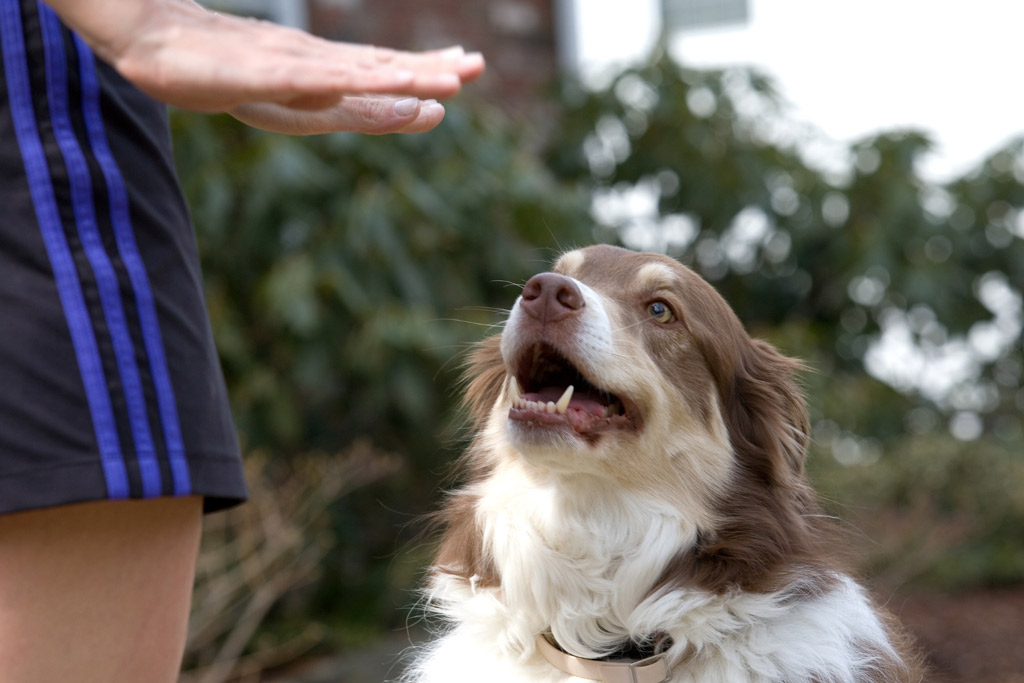
#7 – Don’t Stress Because Your Dog Knows If You Do
Dogs are masters of body language.
Your furry friend can easily detect your emotions, including frustration.
When your frustration builds up towards your dog, it will often cause your dog to switch off instead of becoming more responsive to you.
Instead of letting frustration build-up, it helps to ask your dog for a behaviour he knows well (such as a sit) followed by a reward to end the session on a positive note.
You can then try the exercise again a little bit later, possibly further breaking down the exercise into smaller, easier pieces (as we just discussed in point #3).
When you start raising your voice, bending down or getting into your dog’s face, you are intimidating your dog.
This makes him feel the need to send you appeasement signals and default behaviours, rather than listening to your commands.
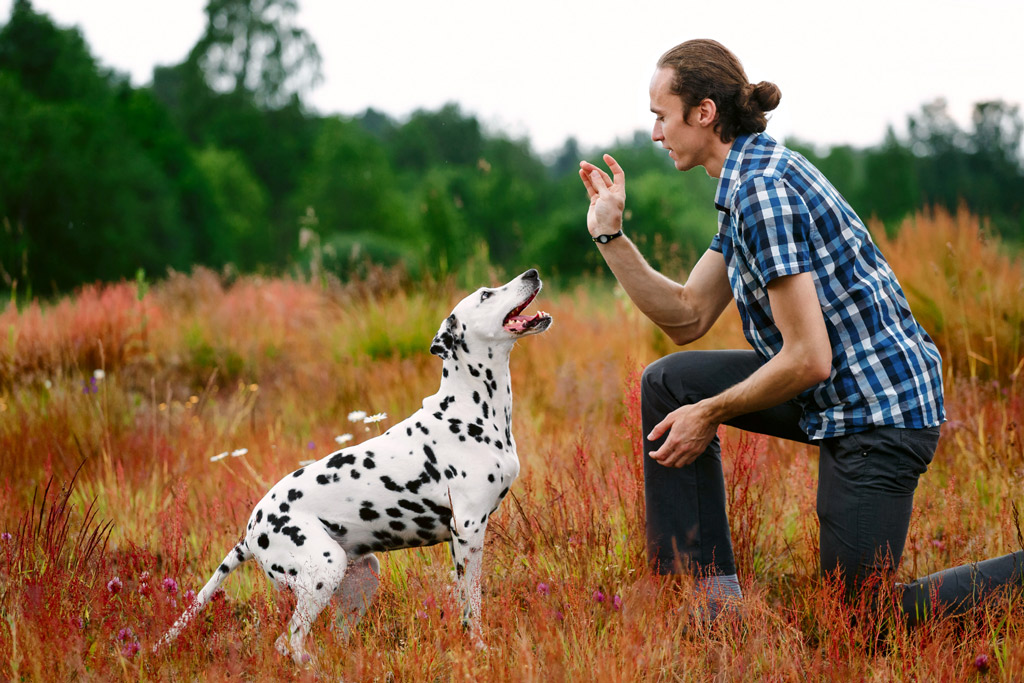
#8 – Pay Close Attention To Your Dog’s Emotional State
If your dog is fearful, anxious or nervous, his emotional state may interfere with training.
This puts your dog in a fight or flight state, which affects his cognitive function, impairing his ability to learn.
If you notice this, try working in areas and environments where your dog is less likely to be frightened, and then slowly build up your dog’s mental stimulation (using some of the tips we discuss here) in a way that doesn’t cause him to react.
For example, let’s say your dog is frightened of thunder and you’re using a thunderstorm recording as a form of therapy. Instead of immediately exposing him to the thunderstorm recording on full volume, you can:
- First play the recording at a very low volume, where he acknowledges the sound but does not become scared.
- Reward him while playing this.
- Continue at this volume over numerous sessions/days until you feel a positive response from your dog.
- Gradually increase the volume at which you play the recording.
- Repeat.
This process is known as desensitization and is a common technique used in dog training. Your dog’s emotional state is a topic of its own, which you can gain more insight on in our Dog Stress and How to calm dog fears and anxiety blog posts.
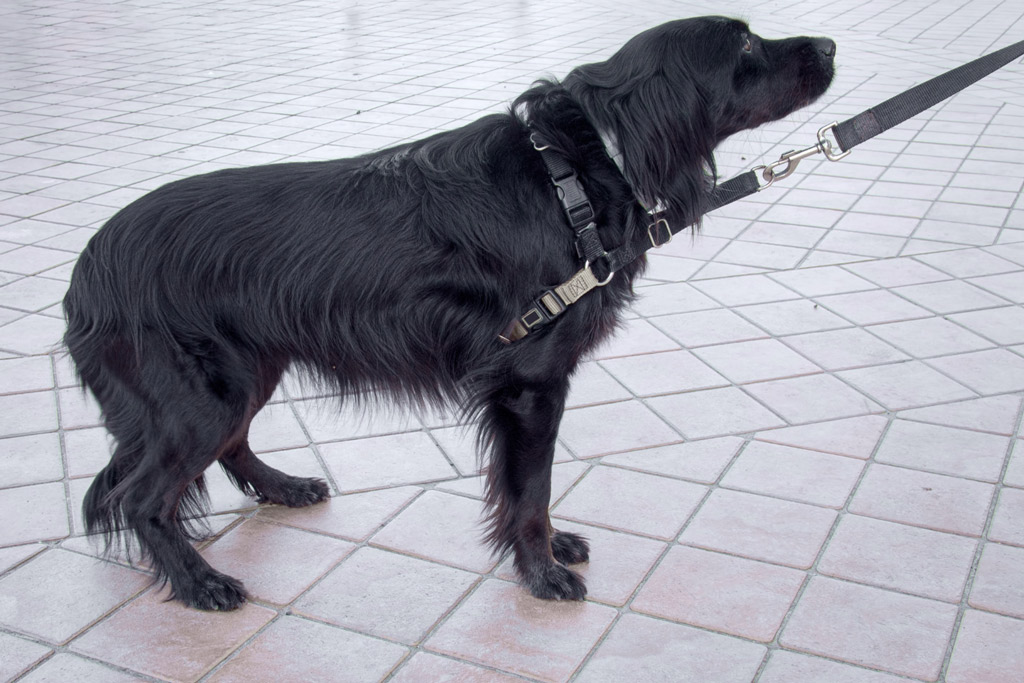
#9 – Perform a Health Checkup After Unusual Behaviour
If you feel your dog is ignoring you, especially when he is normally attentive, it might be that he’s feeling unwell or uncomfortable.
When a dog that has always been obedient and is now “slacking off”, it is best to have your vet rule out any medical problems. Much better to rule out any health issues before concluding on dog behaviour problems.
Sloppy sits or a reluctance to lay down may be indicative of orthopaedic problems.
Aside from medical problems, some dogs may not like to be trained on certain surfaces, or perhaps the weather is too hot, too windy or too cold.
Often, a distracted dog may simply need to relieve himself or get a drink of water.
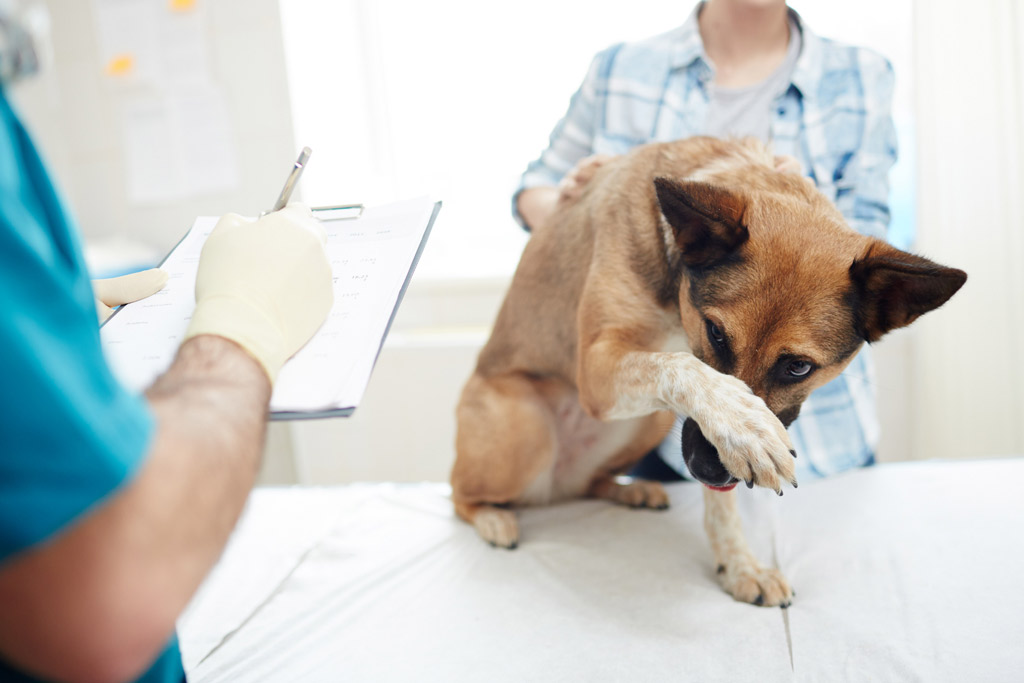
#10 – Keep Your Dog’s Brain Mentally Stimulated
Many dog parents are not aware of this, but when it comes to your pooch:
Idle minds create undesired behaviours.
Yet many dog parents happily leave their dogs bored by the fireplace all day, which leads to untold dog behaviour problems.
The simple secret to a well-trained dog is engaging their mind and getting them thinking.
Before joining us in our homes, dogs lived out in the wild, spending much of their lives performing tasks necessary for survival.
Even now, in modern history, dogs still have special roles to perform in their relationships with us and you can still see these natural drives in dogs today!
Your dog thrives on being mentally stimulated.
For example, you will notice how:
- Beagles love to follow scents.
- Some terrier breeds love to dig.
- Treeing coonhounds bark upon noticing prey up a tree.
- And so on.
We may dread the 9 to 5 grind, but our dogs actively WANT to work! And when they don’t, they become prone to:
- Behaviour problems.
- Disobedience.
- Poor psychological well-being.
It’s true that you could easily spend $$THOUSANDS on dog training, however…
The solution could be as simple as providing your dog with more mental stimulation (MORE BELOW)!
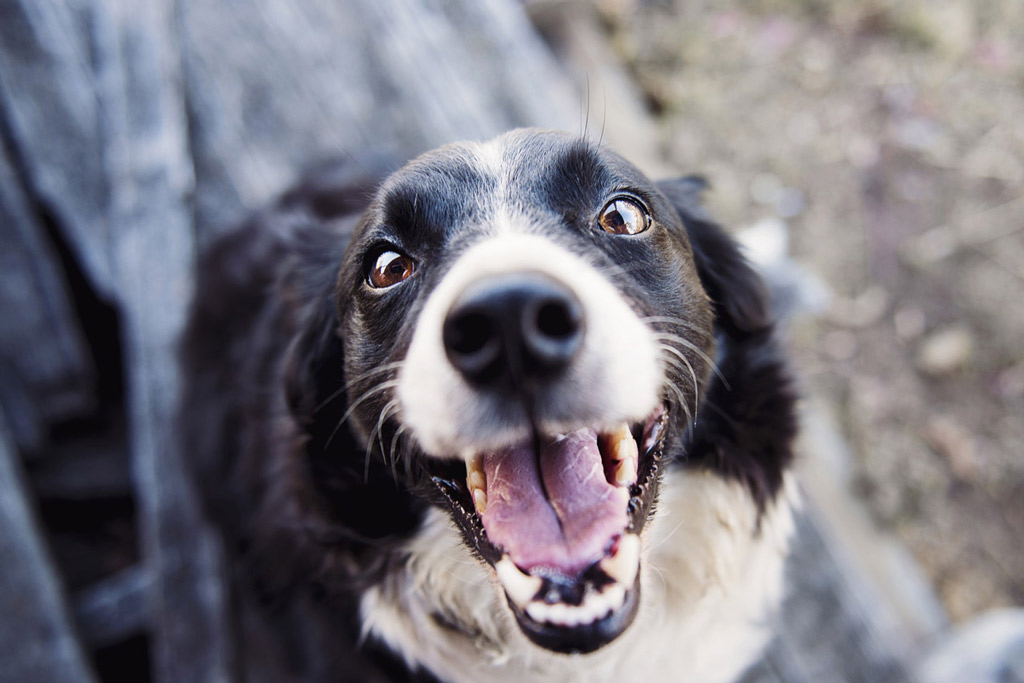
# Bonus – Getting Started
Upon encountering Adrienne Farricelli, a Certified Professional Dog Trainer-Knowledge and Skills Assessed (CPDT-KSA) expert in the area of your dog’s brain, I knew I had hit a turning point in dog training.
Adrienne’s work has been featured in:
- USA Today.
- Everydog Magazine.
- Nest Pets.
- and more.
Going deeper, I quickly found out that her work and training programs not only correct dog behaviour problems but also teach obedience, important skills and tricks. I would go further and say that her training works on increasing dog’s intelligence and engaging their brain too (this was a first for me and I’d never heard about this potential, so of course I looked even further into what she does!)
It can be said that her methods are not only novel and scientifically-proven, but are actually learnable and teachable.
This is highly important because this meant I could develop the skills and take pride in training my dog in my own home and time. It’s scientifically proven that we learn best when we’re engaged in what we’re doing and having fun (and this extends to your pooch as well), so I was pleasantly excited with the fun and simple games Adrienne uses.
In fact, her track record shows dog parents who have gotten their dogs to:
- Tidy up their toys.
- Play the piano (yes, really).
- Identify toys by name.
- All while being a better behaved and more obedient dog.
My ultimate motivation in sharing what I know and come about in my dog journey is so we can all grow and keep a loving, caring and fun life with your doggy.
With that said, there’s a really simple and FREE way to get started today.
This is the ideal first step to providing your dog with more mental stimulation and experiencing first-hand what this can do for you and your pooch!

As you can see, there are many reasons why your dog may not be listening to you.
Here are some things to bear in mind when next you feel your dog is ignoring you:
- Take a pause before quickly labelling your dog as stubborn.
- Avoid shouting commands like a drill sergeant.
- Definitely don’t give up on training altogether.
- Instead, try to give your dog a break and consider what may really be going on.
A better understanding of how dogs learn should pave the path to better training.
Hope this helps!
P.S. It’s no surprise that a happy and healthy dog is more likely to be obedient and well behaved. Check out our The 5 pillars to a happy and healthy dog blog post, where I share more about creating an environment that promotes this.
